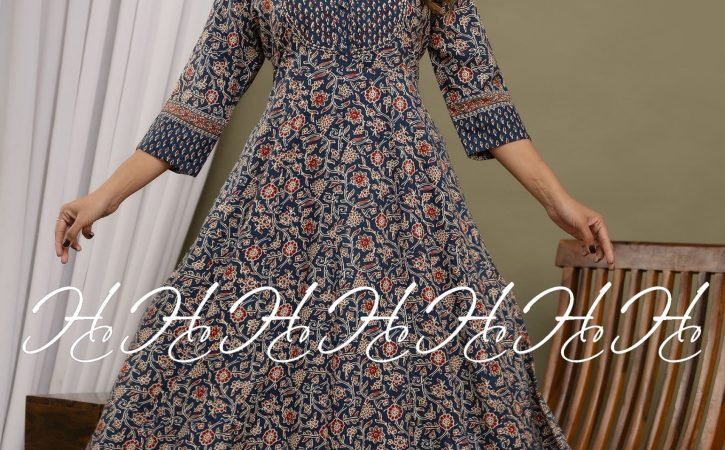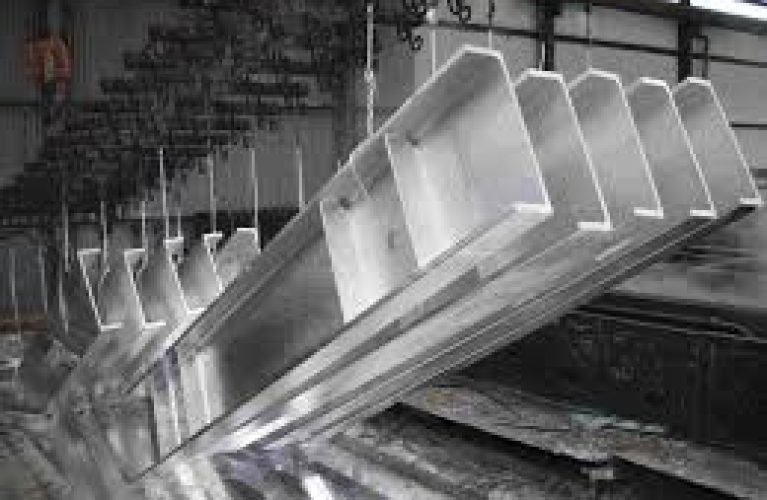
What are the minimum order quantities set by wholesale kurti manufacturers?
When retailers and resellers plan to source products directly from wholesale kurti manufacturers in Jaipur, one of the first things they often consider is the minimum order quantity (MOQ). MOQ refers to the lowest number of units a manufacturer requires buyers to purchase in a single order. It plays a significant role in wholesale deals because it impacts production planning, pricing, and delivery schedules. Understanding MOQ is essential for anyone planning to buy in bulk from a trusted source like Harsh Creation or any other leading anarkali kurti factory in Jaipur.
In this article, we will explore why wholesale kurti manufacturers set minimum order quantities, the typical MOQ ranges in the industry, and factors that influence these requirements.
Why Do Wholesale Kurti Manufacturers in Jaipur Set MOQs?
The wholesale apparel market operates differently than retail. Manufacturers usually work with bulk production schedules, and setting a minimum order quantity helps them optimize production costs, labor, and raw material usage.
For instance, when an anarkali kurti factory in Jaipur sources fabrics, trims, and embellishments, it often does so in bulk to reduce costs. Cutting and stitching machines are calibrated for batch production rather than single pieces. Setting an MOQ ensures that the manufacturer runs a cost-effective production cycle while maintaining consistent quality standards.
Moreover, MOQs protect manufacturers from losses. Producing small quantities increases per-piece costs due to setup charges, labor expenses, and procurement prices. By setting a minimum limit, manufacturers ensure profitability while offering competitive prices to buyers.
Typical MOQ Ranges in the Wholesale Kurti Market
The MOQ for wholesale kurtis varies based on product type, fabric selection, design complexity, and customization needs. Here is a general idea of the ranges you might encounter when sourcing from wholesale kurti manufacturers in Jaipur:
- Basic Cotton Kurtis:
- MOQ: 50–100 pieces per design
- Cotton kurtis are popular for their affordability and daily wear appeal. Manufacturers can often accommodate smaller orders for these, especially for regular clients.
- Designer Kurtis with Embroidery or Prints:
- MOQ: 100–200 pieces per design
- These require more intricate work, specialized fabrics, or embellishments, so manufacturers prefer higher MOQs to keep costs low.
- Anarkali Kurtis:
- MOQ: 150–250 pieces per design
- Anarkali kurtis, particularly from an anarkali kurti factory Jaipur, involve heavy flares, detailed stitching, and premium fabrics. Hence, manufacturers set higher minimum order quantities.
- Custom Orders with Brand Labeling:
- MOQ: 200–300 pieces per design
- If buyers request unique patterns, branding tags, or special packaging, manufacturers increase the MOQ to justify the setup costs.
- Seasonal and Festive Collections:
- MOQ: 100–200 pieces per design
- Festive kurtis require bright colors, heavy embroidery, or unique fabrics, so MOQs usually align with higher production costs.
Factors Influencing MOQ Decisions
Several elements influence why MOQs differ across wholesale kurti manufacturers. Some key factors include:
- Fabric Sourcing: Rare or imported fabrics often demand bulk procurement, leading to higher MOQs.
- Design Complexity: Intricate patterns like Zardozi, mirror work, or digital prints increase production time and costs.
- Factory Size & Capacity: Larger manufacturers like Harsh Creation have the infrastructure to handle big orders efficiently, but they may still set MOQs to streamline production.
- Market Demand: Trending designs might have lower MOQs because manufacturers expect faster sales turnover.
- Customization Requirements: More customization equals higher MOQs, as factories must dedicate time and resources to unique production runs.
How Retailers Can Negotiate MOQs
Retailers, especially first-time buyers, may worry about high MOQs. However, many wholesale kurti manufacturers in Jaipur are open to discussions. Here are some tips for negotiating better deals:
- Start with Basic Designs: Begin with simple cotton or rayon kurtis that have lower production costs.
- Build Long-Term Relationships: Once manufacturers trust your buying capacity, they often reduce MOQs for future orders.
- Order Mix Designs in Bulk: Some factories allow buyers to meet the MOQ by combining different color variations or minor design changes under one order.
- Collaborate with Other Retailers: Partner with fellow retailers to place joint bulk orders and meet the MOQ requirements.
Advantages of Meeting MOQs
While MOQs might initially seem like a hurdle, they offer several benefits:
- Better Pricing: Bulk orders reduce per-piece costs significantly.
- Consistent Quality: Larger production runs ensure uniform stitching, printing, and finishing quality.
- Priority Production: Manufacturers prioritize clients with bigger orders, ensuring timely deliveries.
- Customization Opportunities: Bulk orders allow retailers to request exclusive prints, labels, or packaging.
Conclusion
Understanding minimum order quantities is essential for retailers sourcing from wholesale kurti manufacturers in Jaipur. MOQs vary depending on fabric type, design complexity, and customization needs, especially in specialized production units like an anarkali kurti factory in Jaipur.
Brands like Harsh Creation set MOQs to maintain quality, control costs, and ensure timely deliveries. Retailers who plan orders strategically, negotiate effectively, and build long-term relationships with manufacturers can maximize profits while meeting customer demands efficiently.










